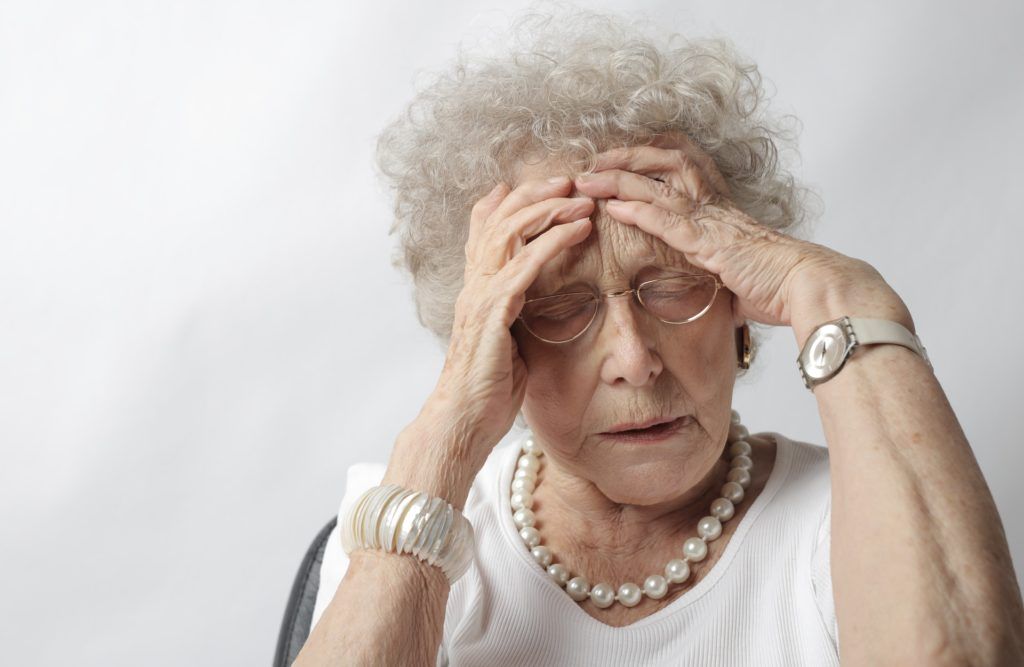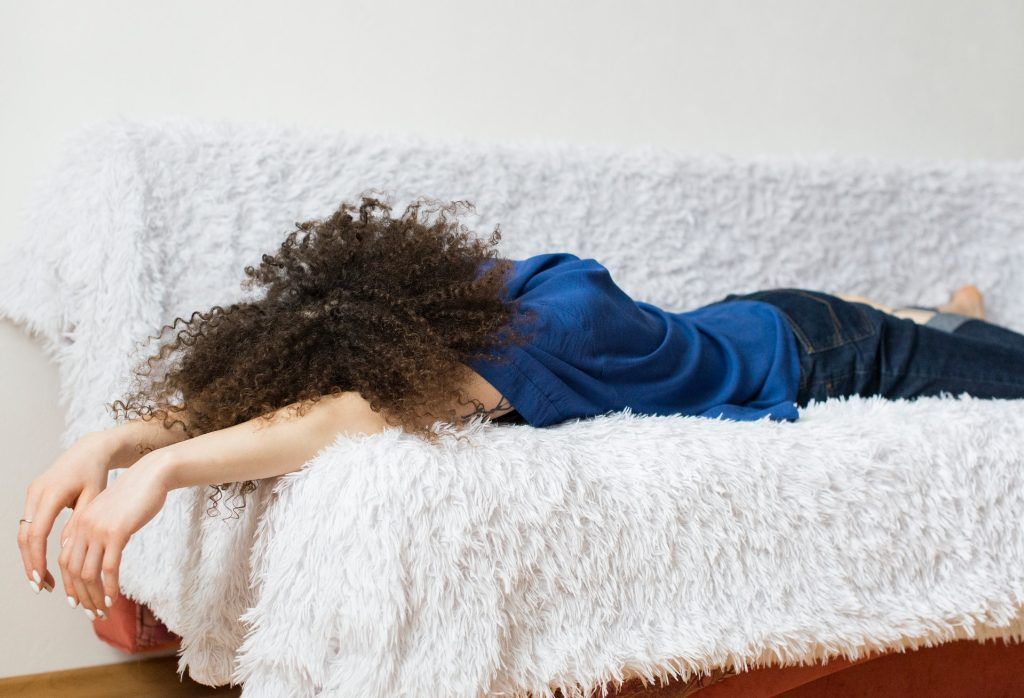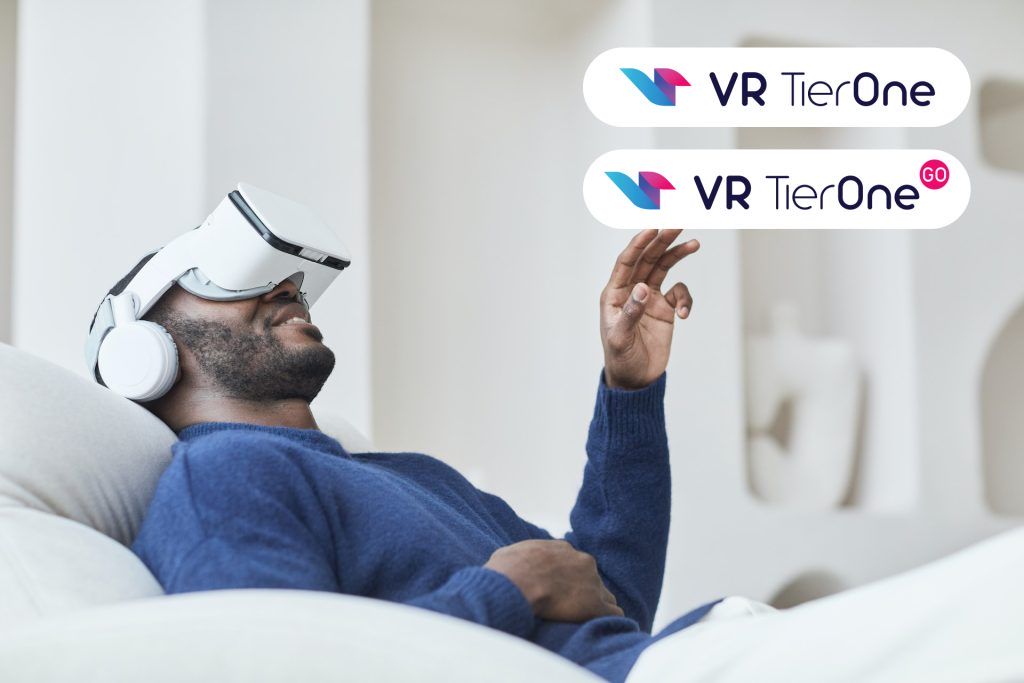Depression may appear in an atypical form in which the depressed mood typical of depression is not predominant. Symptoms of depression are hidden in the form of corporeal and mental symptoms that are typical for other diseases. This atypically manifested depressive disorder is known as masked depression or somatic depression. People suffering from masked depression may not experience the depression and sadness typical of depression, but rather worsening somatic symptoms forcing them to consult a doctor. When subsequent tests fail to reveal the cause and symptomatic treatment is ineffective, it may be suspected that the cause of the symptoms is a well-masked depression.
Masked depression is classified in the International Classification of Diseases ICD-10 under the category of “other depressive episodes”, which lists the episodes of masked depression. Somatic depression, unlike classic depression, manifests itself physically. The symptoms of masked depression are called masks of depressive disorders. Hidden behind the masks the symptoms make us look for the source of our health issues elsewhere, and the diagnosis of depression comes as a surprise. Non-specific symptoms of masked depression are the source of diagnostic difficulties. Symptoms obscure the true state of the psyche. Physicians face a difficult task of unveiling the true face of the ailment, but it is worth it, because once exposed the disease is treated more effectively. There are five masks that the depression is likely to be concealed behind.
The psychopathological mask
Masked depression is also called latent depression, it can have symptoms characteristic of other psychiatric disorders. Examples include intrusive thoughts, anorexia nervosa, phobias, anxiety disorders and panic attacks. Agoraphobia is also common, preventing patients from going out and staying in crowded places. Some patients with masked depression, when observing their own symptoms, e.g. obsessive thoughts, are convinced that they suffer from neurosis.

The psychosomatic mask
Depression can disguise itself as multiple corporeal symptoms. Symptoms from different organs are called vegetative symptoms. The patient may complain of itchy skin, paraesthesia (tingling, numbness), muscle contractions, changes in blood pressure, difficulty swallowing, digestive problems (nausea, constipation, diarrhoea, colic) and visual disturbances. They may feel tired and complain of poor memory and concentration. Disturbances in the menstrual cycle in women and erectile dysfunction in men may also be associated with depression. Sexual dysfunction is a potential predictor of masked depression.
The pain mask
People suffering from masked depression often complain about headaches, heart and chest pains, neck, shoulder and arm pains, pain in the abdomen, nerves and genitals. The occurrence of pains is often mistaken for a migraine, suspicion of a heart attack, neuralgia of the trigeminal, sciatic or intercostal nerves. The severity of pain can be so great that it obscures the more subtle symptoms of depression, leading to misdiagnosis and ineffective treatment. In the course of depression, the pain sensations intensify and the pain threshold is reduced. The pain mask of depression is the form of ailment most often identified by general practitioners. VR TierOne therapy can be successfully recommended to patients suffering from pain. This non-pharmacological method, based on psychotherapy and Virtual Reality, is used in pain treatment centres. Psychogenic pain can subside after therapeutic sessions in the soothing virtual Garden of Rebirth. This innovative method effectively reduces stress, anxiety and depression, which are the underlying cause of psychogenic pain. Getting rid of real pain improves the quality of life and allows the patient to end treatment in various specialized practices.

The behavioural mask
Depression hiding behind a behavioural mask is manifested by the patient’s tendency to abuse addictive substances. Patients can also demonstrate other unusual and unhealthy behaviours. It can be shopaholism, compulsive binge eating, but also a party lifestyle and risky sexual behaviour. It should be noted that the existence of a pain mask may entail the abuse of pain medication, and the experienced anxiety may lead to escape from fear by reaching for alcohol or drugs. Substance abuse is not synonymous with depression, but it can, in turn, lead to the development of typical depression. Repeating harmful rituals, changing behaviour and habits may suggest masked depression. In the media we can find reports about famous people who, despite the smiling face we know, suffered from depression. It is not always the case that a person hides its mental state perfectly by putting on a joyful mask on purpose. The point is to draw attention to the fact that depression can manifest itself differently than through sadness, e.g. through unhealthy behaviours attributed to the behavioural mask of depression.

The disturbance of biological rhythms
The fifth mask manifests itself with disturbances in the circadian rhythm. The exacerbation of symptoms is observed in the morning and evening hours. Insomnia, early awakening, light sleep, and difficulty falling asleep, and even nightmares can all plague people with depression. The effects of sleep disorders, such as exhaustion, loss of vital energy, decline in physical and mental condition, are consistent with the symptoms reported in classic depression. Insomnia can precede the onset of a drop in mood. Therefore, disturbances in the normal rhythm, depth and duration of sleep are considered to be one of the main indicators of depression diagnosis.
The disease process can take place in various ways, because masked depression rarely takes on only one of these masks. The overlapping of the masks renders diagnostics difficult. It can take years to diagnose masked depression. And the suffering patient seeking help believes that he or she will receive it quickly and that it will be effective. Symptoms affecting many systems, of a nature difficult to assign to a specific disease entity, should always attract the attention of a doctor. When traditional treatment fails, it is worth considering psychotherapy combined with pharmacotherapy, which will speed up the recovery. The main issue with the treatment of masked depression lies not only in the difficult diagnosis, but also in the approach to this subject of the patient him/herself. The stigma associated with mental disorder causes the patient to be reluctant to accept the diagnosis and to seek help from mental health professionals. The VR TierOne virtual therapist helps to overcome the patients’ reluctance to contact a psychotherapist and motivates them to follow the recommendations regarding their health condition.







